Gardeners are by nature learners. This hobby we call “gardening” is not one to be mastered—with new plants, new insect and disease issues, and weather conditions constantly in flux, the school of gardening has no graduates as we all learn more skills and gain fresh knowledge with each passing season. As spring unfolds, you may be discovering new issues around your yard you need to address, so let’s dive into some of the more common problems gardeners are facing and how to improve your gardening skills as you deal with them.
First, many lawns took a beating this winter, and if your yard looks patchy and dead in spots—or even in large swaths—you may be at a loss as to what caused the die-off. Although there are several potential causes, many of the reports I’m seeing of die-off in lawns around Whatcom County this spring appear to be caused by a disease called snow mold, a fungus that can damage or even kill damp, matted grass buried under a blanket of snow. While the fungus initially only kills the blades, some areas of lawn may die entirely, leaving a hard mat of dead lawn.
If your lawn has large areas of dead grass that looked healthy prior to our January snowfall, you may have experienced the effects of snow mold, but repairing the damage doesn’t have to involve a complete lawn replacement. Start by thatching or heavily aerating your turf to break through the thick, spongy layer of dead sod. Then, spread a light layer of fresh topsoil or compost to provide a seed bed for new grass to grow in, and follow up with fresh grass seed and starter fertilizer. At Vander Giessen’s, we sell topsoil in bulk or bags, and we offer our own Vander Giessen Blend grass seed mix specifically formulated for Pacific Northwest lawns. With a track record of beautiful lawns for more than four decades, our seed mix is proven to work!
After seeding, keep the grass seed lightly moist—watering multiple times a day in dry weather—until new grass begins to grow, then back off to once-a-day watering until the new grass is well-established. Snow mold tends to affect thatch-heavy lawns, so consider aerating your lawn each year to prevent thatch buildup and promote proper drainage. Additionally, mow your lawn a little shorter than normal in fall to prevent grass from laying over and molding under a layer of snow, and be sure to clear fallen leaves off your lawn prior to snowfall.
Second, with warmer days and the natural cycle of plants waking up from dormancy this time of year, many of us are finally starting to see the effects of the single-digit temperatures we had in January. Sadly, many gardeners lost rose bushes over the winter, and if some of your plants have canes that have turned black and aren’t sprouting, now is the time to cut them back; or, if the plants are blackened altogether, you’ll need to dig out and replace the plant entirely. See our complete 2024 rose list here.
Remember, most roses grown today are grafted for the benefits of a stronger root system and more vigorous plant, so if you have roses that are dead on top but appear to be sprouting from the ground or from the portion of the stem below the knobby, rounded base, that rose is a different plant from the desired variety you planted and likely won’t produce attractive flowers—in other words, if the only life left in your rose is below the graft, you’ll want to dig it out and replace it.
Third, I’ve already seen several instances of damage to rhododendrons and azaleas—some from the desiccating effects of the January northeaster, and some from lace bugs. If your plants have large brown patches at the tips of the leaves, they’ve likely experienced winter damage, and there’s little you can do at this point other than fertilize with an acid plant food like Espoma Azalea-Tone and wait for the new growth to cover up the damaged leaves.
If your azaleas, rhododendrons, or pieris have mottled and discolored leaves, however, you should inspect them for signs of azalea lace bug, an increasingly common garden pest that pierces the underside of plant leaves and sucks out the insides, leaving the top side of leaves mottled or bronzed. A telltale sign of lace bugs is the black, tarry droppings they leave on the underside of plant leaves, so flip over a leaf to confirm that they’ve been on your plants.
To prevent future lace bug damage, treat any susceptible plants with Bonide Annual Tree & Shrub Insect Control, a systemic insecticide that will protect your plants throughout the year with a single application. Pick up a bottle of Annual Tree & Shrub at Vander Giessen’s and apply in late spring after blooming to enjoy healthy, bug-free plants all season long.
With spring here and our garden center filled with loads of fresh, new, and exciting plants, it’s time to stretch those gardening muscles and make the most of the new season. Although each new year brings new challenges in the garden, no garden expert is born—like their plants, true gardeners are grown, and nothing helps a gardener grow like a fresh challenge to overcome!


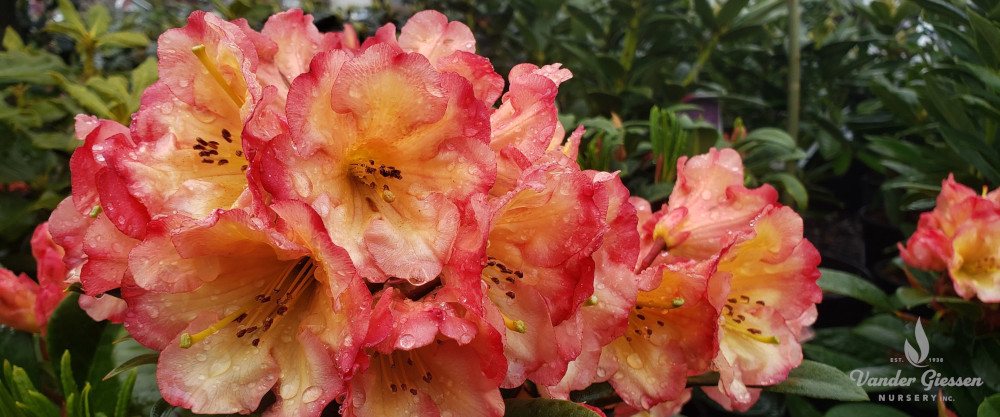
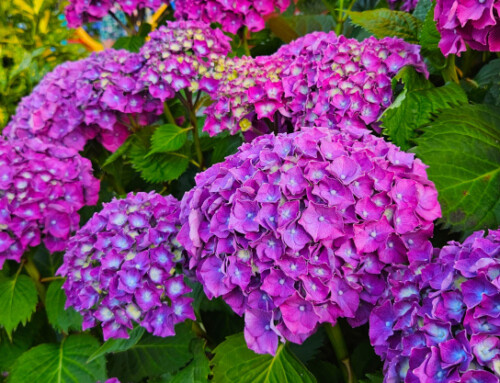
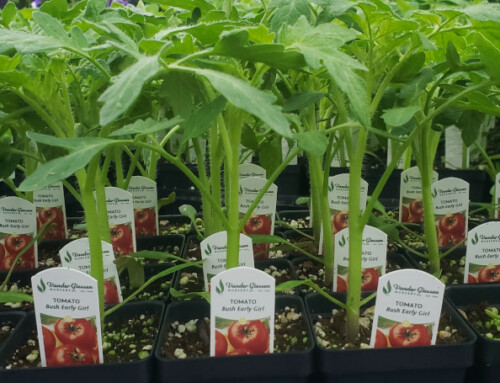
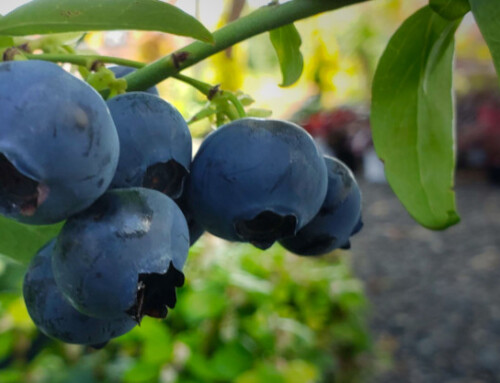
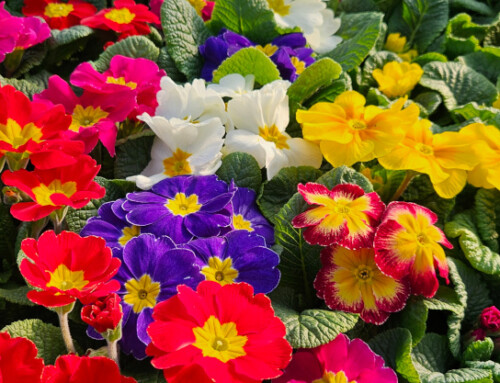
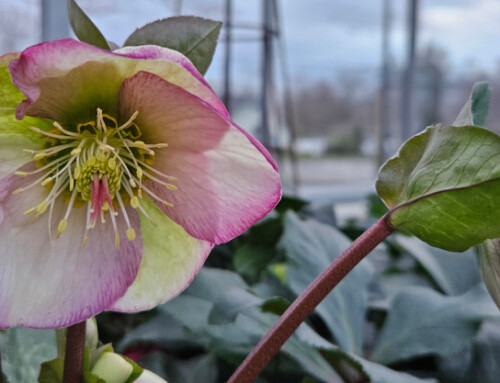
Leave A Comment